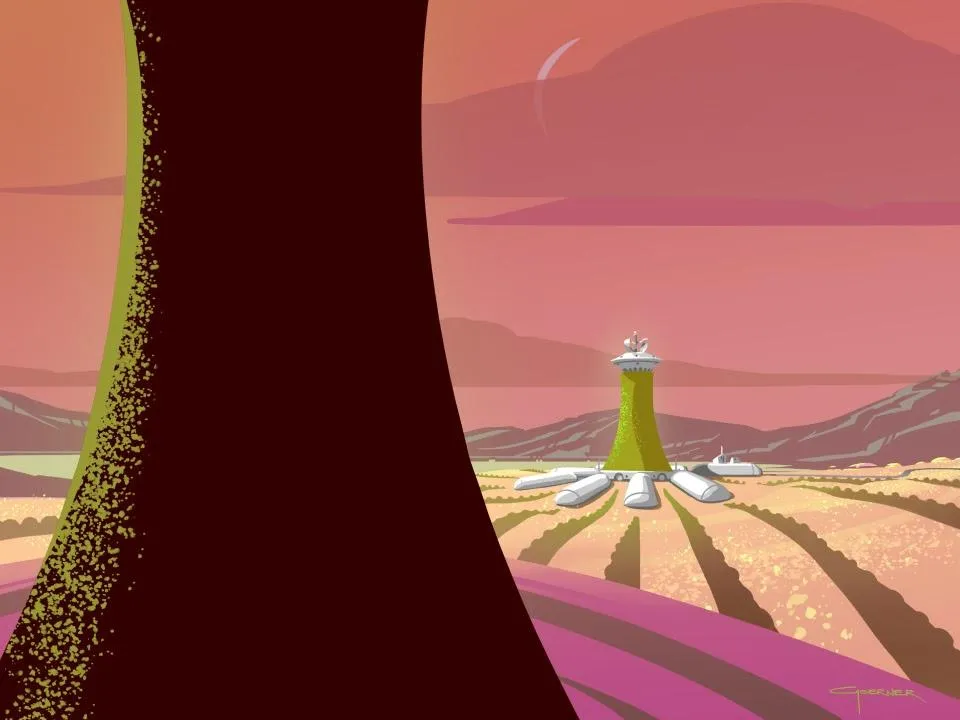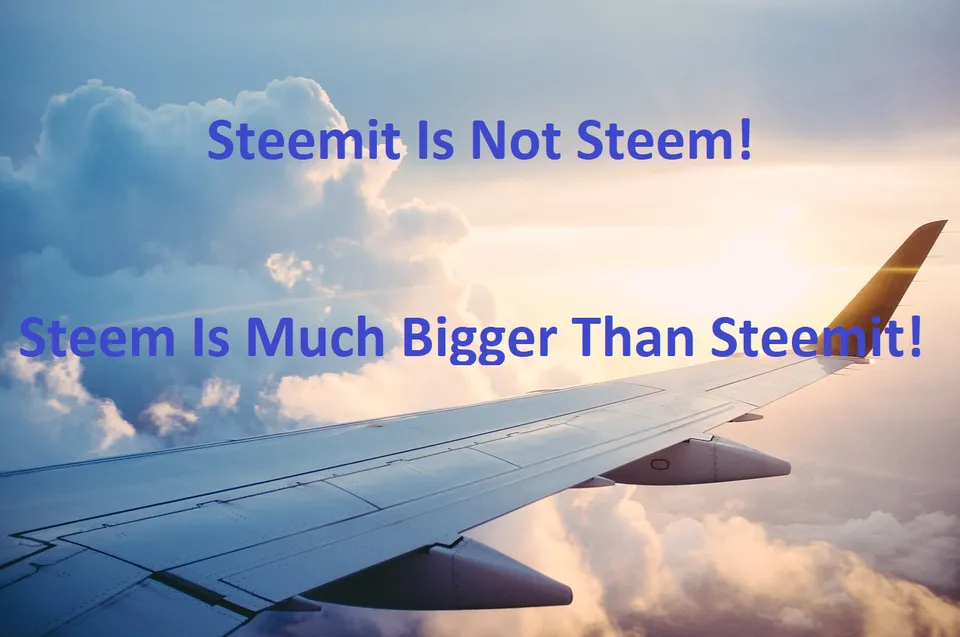Bio-Tech is looking to outer space to produce the a new generation of food production.

in the 1960s, NASA experimented with microbes as a way to produce food for astronauts on long space trips. It was something that feel silent until recently. Now, after 50 years, 21st century bio-tech companies are picking up where NASA left off.
The microbes NASA worked with in the 1960s weren’t just any microbes, however. They were bacteria that can harvest energy from little more than the mere constituents of air, waste CO2, and water to make plentiful amounts of nutritious protein. Unlike plants, these microbes don’t even need to use light. Instead, the bacteria — known as hydrogenotrophs — use hydrogen as fuel to make food from CO2 — just like plants use the energy of sunlight in photosynthesis.
This is all part of the effort to create a circular economy. Under this philosophy, the goal it to eliminate as much waste as possible. All that is input into the system comes from the output. Everything operates on a big circle.
As the population of the planet grows, people are questioning the sustainability. Food production made a lot of advancements over the last few decades but the planet is needing more. Bio-Technology companies are investing a lot of money into research to come up with alternative means of food production.
Turning to a means that was suppose to sustain astronauts is a sensible thing to do. This research focused only upon space and did not ever consider the possibility of using it on Earth. Now, with the need out there, researchers are looking this as a possible means of production.
The food industry, much like retail and automotive, is undergoing great disruption. There are a lot of attacks from outside the existing players. This is what makes the present day sectors so difficult. In the past, it was only a handful of competitors that a company had to worry about. Most innovation came from within the industry.
While it is common for startups to make progress before being ultimately bought out, we saw a couple companies take their offerings public. Beyond Meat (BYND) is a prime example. It developed a plant-based burger that is showing itself to be very popular with consumers. Concerns over the environmental impacts of ranching is leading some to switch to the plant-based alternatives.
It is going to be interesting to see how all of this turns out. I think it is safe to say that in the next 10-15 years, the food we consume will be developed from methods that differ from today's production.
Perhaps, in 2035, your dinner will come from thin air.
Image from article linked
If you found this article informative, please give an upvote and resteem.


Posted via Steemleo